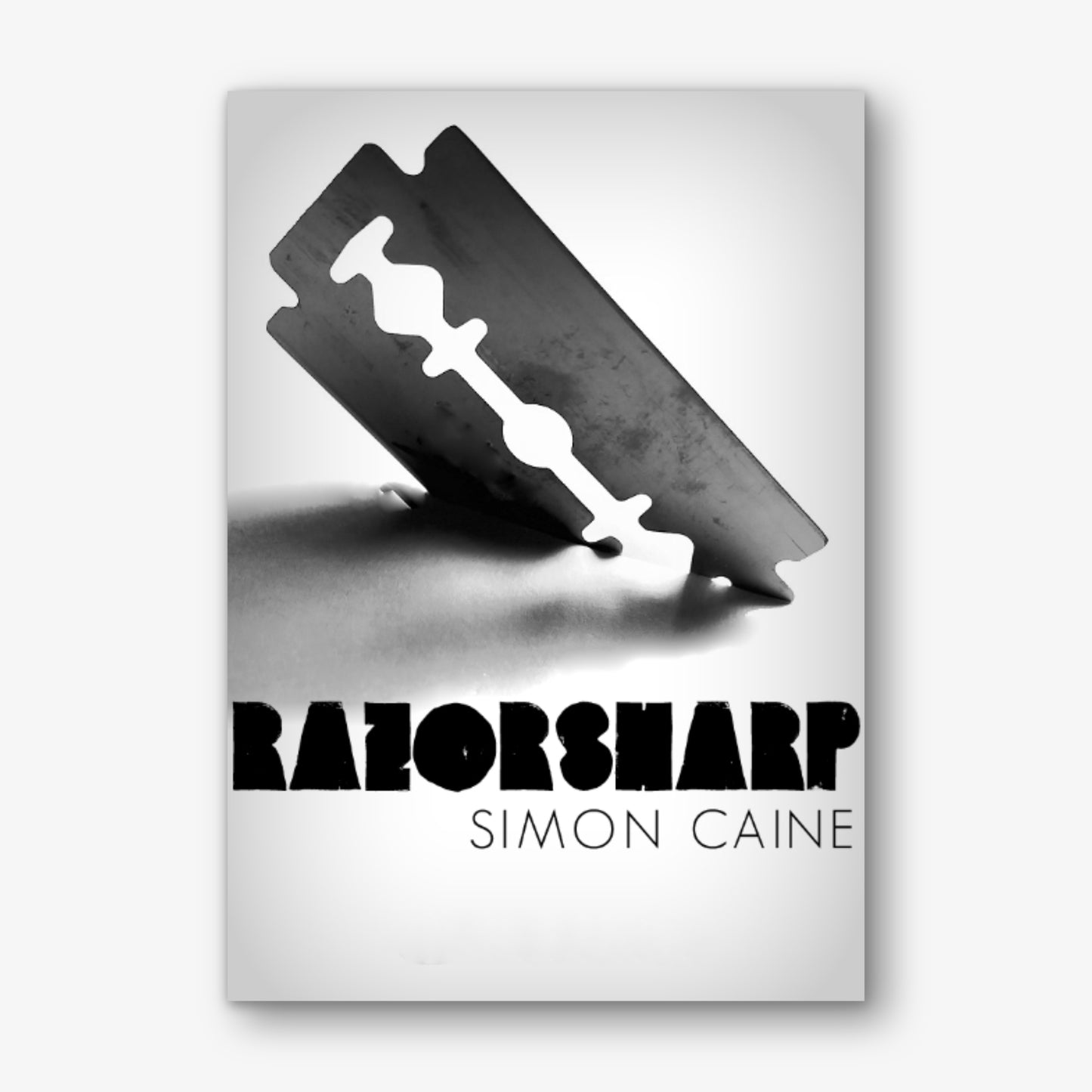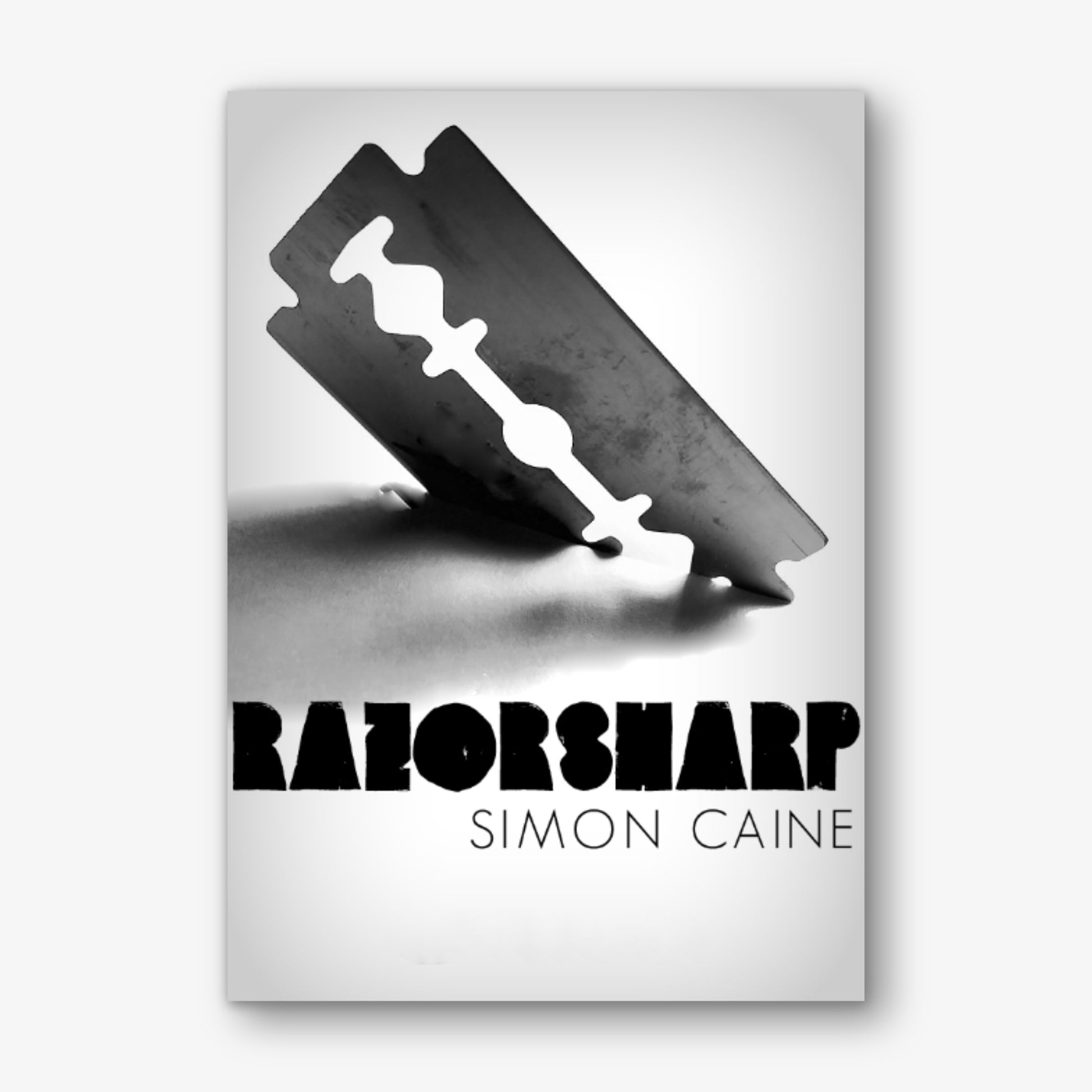Two out of Three Will:
A clever application of the free will plot that is simplistic in nature and not over complicated for spectators to follow. Combining which hand with the free will plot to create an ideal opener for a group (or even one on one) setting. Great for table/group hopping Mentalism performances. The presentation suggested by Simon makes it a great ice breaker to get the audience laughing and involved in what you're doing. The smallest things in the presentation are well thought out and explained, providing that this isn't a theory routine - this has been tried and tested.
Copperhead:
What Can I say... this is probably one of my favourite ideas in the book. I love spectator as a mind reader plots, and this combines that with a game all spectators played - the coin toss. It is a very simple idea but deeply deceptive I feel. It's a fun idea used with the presentation of spectator as a mind reader, or even adapted to an influence theme, but it's an interesting routine to do. Simon outlines a bold (but cleaner) method for one part of the routine (for those who do not mind using such methods), but also fully breaks down an alternate method that others often do not fully break down and explain the best way to go about doing it. 10/10 to Simon for doing this!
Multiplex:
This one is best practiced or understood with props In hand, however after a single reading you should have the general idea. It's a great application and method for the double drawing duplication. I'm not massively versed in drawing duplication methods (don't get me wrong I know ways to go about doing it, but I do not find myself performing them often), but I really like this method and the cleanliness of the routine.
The subtlety that makes it is nice and eagle eyed spectators will be wrapped up and fooled by it, however to me it seems like (theoretically) to those who are not as eagle eyed and watching closely, the method may be a little clearer (strange I know, but the deceptive subtlety relies on 100% attention at every single moment for it to be deceptive). However, even if the subtlety isn't noticed by the spectators, the effect is still deceptive, but the subtlety really amplifies the routine. I haven't been out to try this routine yet so my theory may be wrong. All the material here seems tried and tested, as well as deeply considered by Mr Caine so I can see myself being wrong with that theory - it is a matter of opinion at this moment.
Principia:
This is another one that had me grinning - another method that I quite simply love. Simon states that some may not like the application of the method in the classic Name and Place routine, however there is none of the regular spiel that occurs in the Name and Place. I'd say this certainly has its place as an adaptation to use within the premise. The performer never touches the billets after the information is written - that can only be a plus.
The application of the Principia method is dependant on the Information that you are wanting to be able to reveal. However, I do not in any way feel that this is a bad thing. Different methods have their own, unique places, and this has a place that is very nice, and very strong (I feel) in combining hands on billet work with completely hands off seeming billet work to form the implication that the billets are not important. Some information cannot be used here for reveal, which is where you would use the regular Name and Place methodology, but I will definitely be using this in my work.
Rogue:
This is a fairly nice spectator as a mind reader style plot (should you want to perceive it as that), where the spectator is seemingly able to memorise several details about the whereabouts of cards in a freely shuffled deck. They are able to locate cards by touching them facedown. A similar thing has been written before I believe (I could be wrong about this but it feels familiar), but it rightfully has its place because Simon has a few things added to it from working it.
Telegram:
Some clearly well thought out additions and thinking upon the Think Stop plot. It goes to create a clean looking effect, and (as with all of the other effects) Mr Caine goes very in depth, explaining everything for the reader. The method is quite simple, and the effect looks great.
Meridian:
A neat little ESP effect utilising the same core method/subtlety as an earlier effect, showing how it can be used in a different way, which I feel is great to spark off creativity in others. 4 ESP cards being chosen freely by the spectator are predicted, in order, without the performer even looking at the cards. I feel this is a very nice and deceptive ESP prediction effect. Once again it is all very well explained.
Overall, I would say that this book is very well thought out and the effects are all evidently tried and tested (by the level of detail In them. Several very nice ideas are contained within, and I will certainly be getting use out of them. Once ag...


